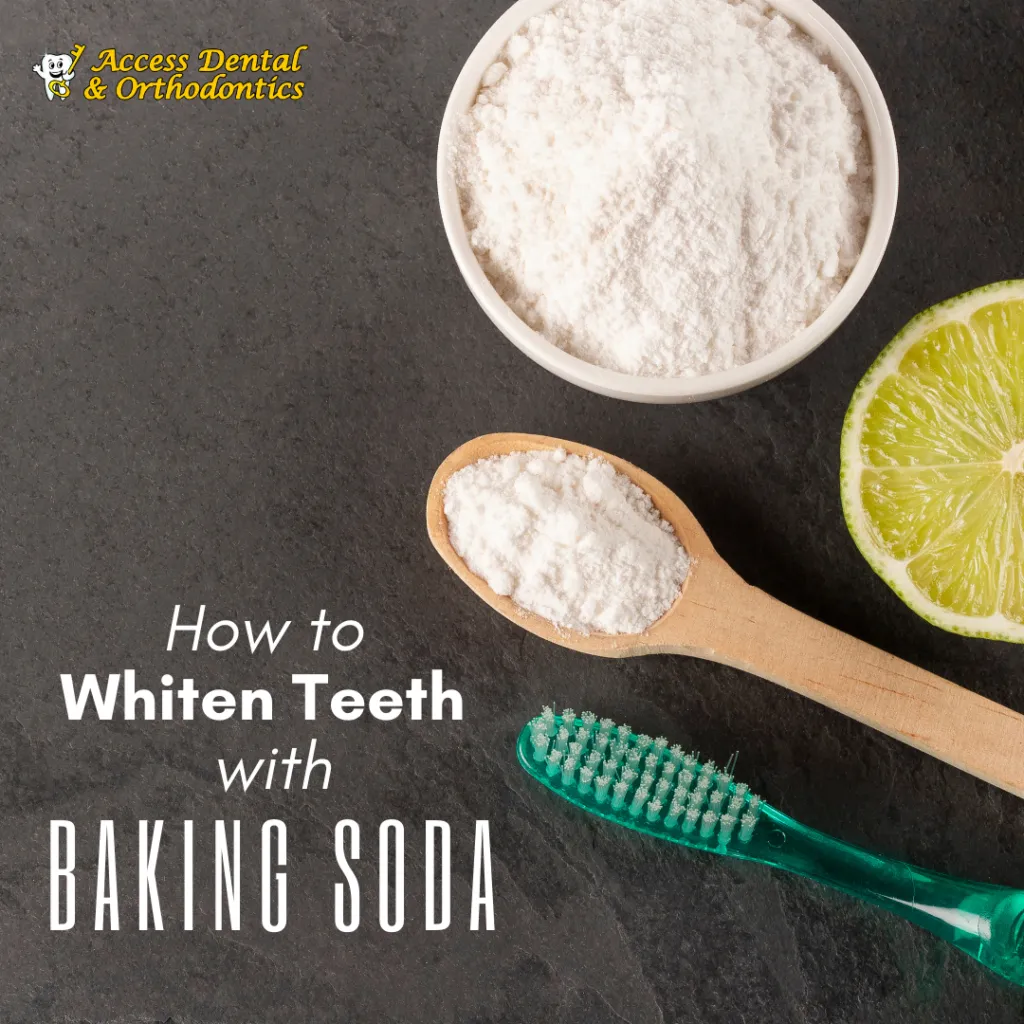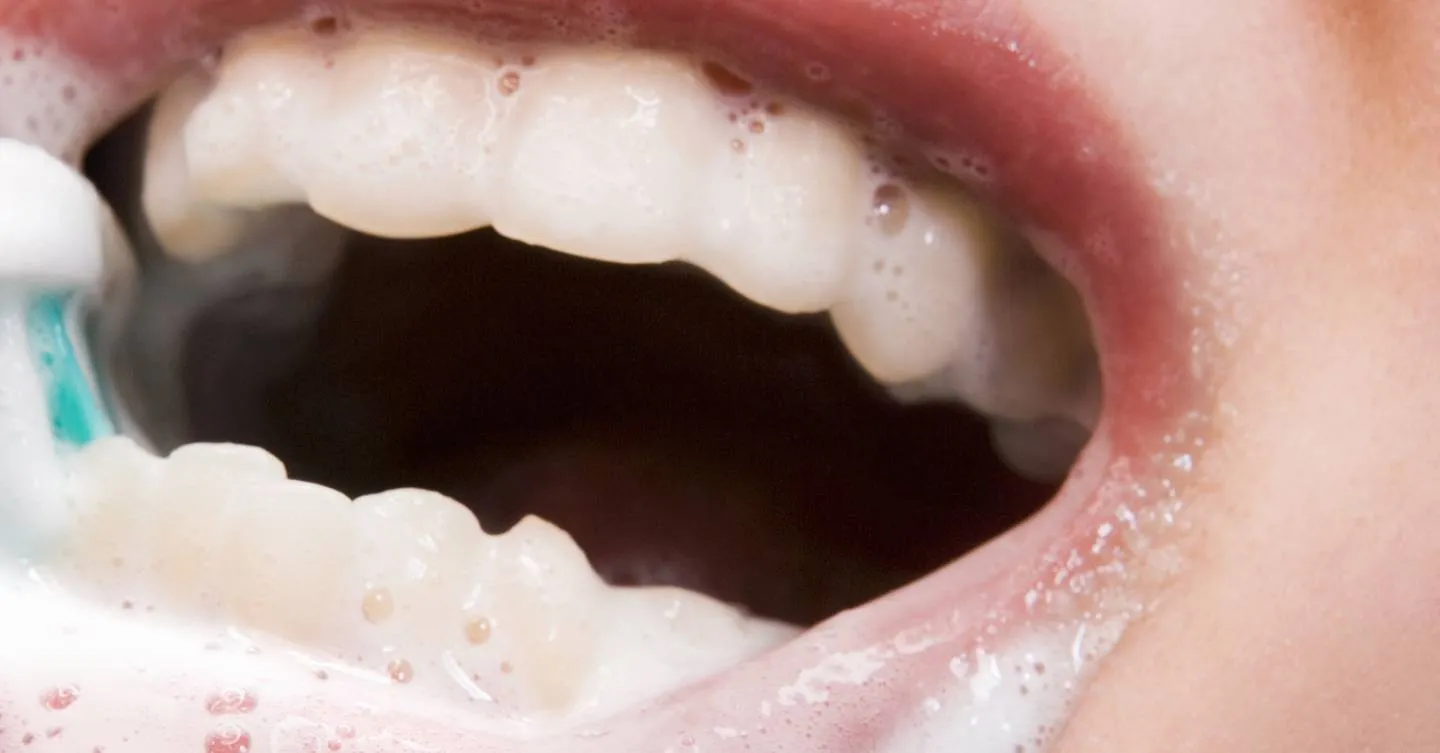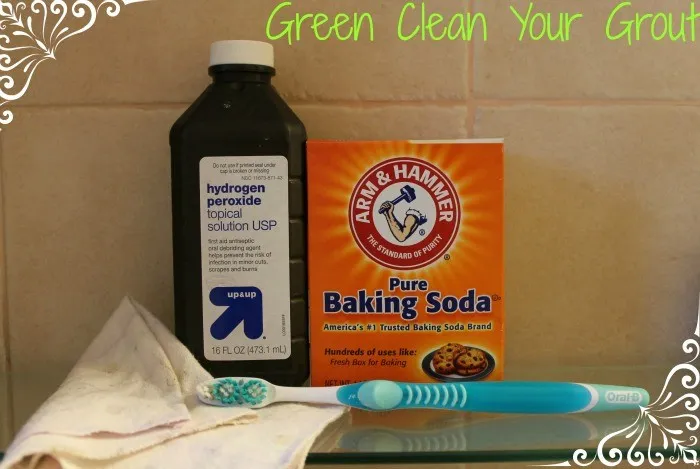Understanding Teeth Whitening with Baking Soda and Hydrogen Peroxide
Achieving a brighter smile is a common goal, and many individuals explore various teeth whitening methods. Among the popular DIY approaches, using baking soda and hydrogen peroxide has gained considerable attention. This method offers a potentially cost-effective way to combat tooth discoloration, providing an accessible alternative to professional treatments. This article will delve into the science behind this technique, guide you through the proper application, and discuss the associated benefits and risks. By understanding the nuances of this approach, you can make informed decisions about your oral care routine and determine if this method aligns with your needs and preferences.
The Science Behind Baking Soda and Hydrogen Peroxide
The effectiveness of baking soda and hydrogen peroxide for teeth whitening lies in their chemical properties. Baking soda, also known as sodium bicarbonate, acts as a mild abrasive. This abrasiveness helps to scrub away surface stains caused by food, drinks like coffee and tea, and tobacco use. Hydrogen peroxide, on the other hand, is a mild oxidizing agent. When it comes into contact with teeth, it penetrates the enamel and can break down stain molecules, resulting in a lightening effect. The combined action of these two ingredients creates a synergistic effect, where baking soda assists in removing surface stains, and hydrogen peroxide addresses deeper discoloration. It is essential to understand that the efficacy of this method varies depending on the type and severity of stains.
How Baking Soda Works for Teeth Whitening

Baking soda’s role in teeth whitening is primarily mechanical. Its slightly abrasive nature helps to polish the tooth surface, gently removing stains. This action is akin to lightly exfoliating the teeth, eliminating the build-up of surface stains that contribute to dullness. However, it is important to use baking soda cautiously. Excessive scrubbing or using it too frequently can erode the enamel, leading to increased tooth sensitivity and potential damage. Furthermore, baking soda is most effective on surface stains; it will not significantly alter the intrinsic color of your teeth or address deeper discoloration. Its primary contribution is a superficial cleaning effect.
How Hydrogen Peroxide Contributes to Whitening
Hydrogen peroxide is the key ingredient in many professional and over-the-counter teeth whitening products. It works by releasing oxygen molecules that penetrate the enamel and react with the stain molecules within the tooth structure. This process breaks down the stain compounds, making the teeth appear whiter. The concentration of hydrogen peroxide determines the extent of the whitening. While lower concentrations (like those used in this DIY method) provide a gentler effect, higher concentrations used in professional settings can yield more dramatic results. The effectiveness of hydrogen peroxide also depends on the type of stains and the individual’s tooth structure. The oxygen molecules released during this process can also slightly lift some stains from the surface.
Step-by-Step Guide How to Use Baking Soda and Hydrogen Peroxide for Teeth Whitening
Using baking soda and hydrogen peroxide for teeth whitening requires a careful approach to ensure safety and effectiveness. This section provides a step-by-step guide to help you incorporate this method into your oral care routine. Remember, consistency and moderation are key. Always prioritize your dental health, and consult with your dentist if you have any concerns or experience any adverse effects. This guide is intended to provide information on this DIY method, and should not replace professional advice. It is always best to consult with a dentist to see if this teeth whitening method suits your teeth condition.
Materials You Will Need

Before you begin, gather the necessary materials. You’ll need baking soda (ensure it is food-grade), 3% hydrogen peroxide solution (available at most pharmacies), a small bowl, a soft-bristled toothbrush, and water. It’s also helpful to have a timer to monitor the application duration. Having these materials readily available will streamline the process and prevent any interruptions. Be sure to use a clean bowl for mixing. Avoid using any abrasive tools or harsh chemicals other than the recommended ingredients. Properly preparing your workspace and materials contributes to a safer and more effective teeth whitening experience.
Mixing Baking Soda and Hydrogen Peroxide
In a small bowl, combine baking soda and hydrogen peroxide to create a paste. Start with a ratio of approximately one teaspoon of baking soda to two teaspoons of hydrogen peroxide. Add the hydrogen peroxide gradually, mixing until you achieve a thick, spreadable consistency. The paste should not be too watery or too gritty. If it’s too thick, add a few more drops of hydrogen peroxide; if it’s too thin, add a bit more baking soda. It’s crucial to mix the ingredients just before use to maintain their effectiveness. Avoid making a large batch to prevent the mixture from losing its potency over time. The goal is to have a fresh paste for each application.
Applying the Mixture to Your Teeth
Using your soft-bristled toothbrush, apply a thin layer of the paste to your teeth. Be sure to cover all surfaces, ensuring you reach the front, back, and biting surfaces of each tooth. Avoid applying the paste to your gums as it can cause irritation. Gently brush your teeth using small, circular motions for about two minutes. Avoid applying excessive pressure, as this can damage your enamel. After brushing, rinse your mouth thoroughly with water to remove any remaining paste. For best results, follow up with regular brushing using your toothpaste. The goal is to remove the mixture completely and ensure a thorough clean.
Timing and Frequency

For optimal results while minimizing the risk of adverse effects, limit the use of baking soda and hydrogen peroxide to once or twice a week. Avoid daily use, as frequent exposure can erode the enamel and increase tooth sensitivity. If you experience any discomfort or increased sensitivity, reduce the frequency or discontinue use. It’s essential to listen to your body and adjust your routine accordingly. Consistency is key but so is moderation. Keep track of your applications and be mindful of your teeth’s response. If you are unsure, consult your dentist for guidance on the best frequency.
Potential Benefits and Risks
While using baking soda and hydrogen peroxide for teeth whitening can offer certain benefits, it’s crucial to be aware of the potential risks. Understanding both the advantages and disadvantages will help you make an informed decision about whether this method aligns with your oral health goals. The benefits are not the only factors to consider. The risks should be weighed up carefully, and appropriate precautions must be taken to avoid any negative consequences. If you have any concerns or existing dental issues, consult your dentist before trying this method. The success and safety of this treatment depend heavily on individual tooth conditions and adherence to correct usage.
Benefits of This Method
The primary benefit of using baking soda and hydrogen peroxide for teeth whitening is its affordability. It provides an accessible alternative to more expensive professional treatments or over-the-counter products. The ingredients are readily available and relatively inexpensive, making it a budget-friendly option. Furthermore, this method can be convenient, as it can be easily incorporated into your existing oral hygiene routine. It offers a potential improvement in teeth appearance, particularly in removing surface stains. For individuals with mild staining, this method might offer noticeable whitening effects. The easy accessibility and cost-effectiveness are compelling advantages for those seeking a simple teeth whitening solution.
Risks and Side Effects

The risks associated with this method include enamel erosion, increased tooth sensitivity, and gum irritation. The abrasive nature of baking soda can wear down the enamel over time, increasing the risk of cavities and sensitivity to hot and cold temperatures. Hydrogen peroxide can irritate the gums, leading to inflammation or discomfort. Improper use, such as excessive brushing or using too much of the mixture, can exacerbate these issues. Individuals with pre-existing dental problems, such as cavities or receding gums, are at a higher risk of experiencing adverse effects. If you experience any sensitivity, discomfort, or notice any changes in your teeth, it is essential to discontinue use immediately and consult your dentist. The long-term effects depend on factors such as frequency of usage, brushing technique, and individual teeth condition.
Alternatives to Baking Soda and Hydrogen Peroxide
If you are hesitant to use baking soda and hydrogen peroxide or are experiencing adverse effects, several alternatives exist for teeth whitening. These options offer varied approaches, ranging from over-the-counter products to professional treatments. Some methods are gentler and safer, while others provide more dramatic results. It is important to understand the characteristics and effectiveness of each option and select the method that suits your needs and preferences. The variety of alternatives ensures that there are options available for a range of dental conditions and cosmetic goals, allowing individuals to customize their whitening strategies and improve their smiles.
Professional Teeth Whitening Options
Professional teeth whitening, performed by a dentist, offers the most effective and controlled whitening results. These treatments use high-concentration hydrogen peroxide solutions and can achieve significant whitening in a single session. The dentist can also assess your oral health and address any underlying issues before treatment. In-office whitening provides a safe and effective way to brighten your teeth. The dentist also provides custom trays and professional-grade bleaching agents. It usually involves multiple sessions, and the effects can last for an extended period. Professional whitening provides a personalized treatment plan and ensures the best outcome for your teeth condition.
Over-the-Counter Whitening Products

Numerous over-the-counter whitening products are available, including whitening toothpaste, strips, gels, and mouthwashes. These products typically contain lower concentrations of hydrogen peroxide or other whitening agents. Whitening toothpaste often contains abrasives to remove surface stains. Whitening strips are easy to use and adhere directly to your teeth, delivering a concentrated dose of the whitening agent. These products offer a convenient and accessible way to lighten your teeth at home. However, the effectiveness varies, and the results might not be as dramatic as professional treatments. Before using over-the-counter products, always follow the instructions carefully and check for any potential side effects. Consider consulting your dentist before using OTC products, especially if you have sensitive teeth or pre-existing dental problems.
Maintaining Your White Smile
Regardless of the whitening method you choose, maintaining a white smile requires a consistent oral care routine and preventative measures. This involves brushing your teeth twice a day, flossing daily, and regular dental check-ups. Avoid or limit foods and drinks that stain your teeth, such as coffee, tea, red wine, and tobacco. Consider using a whitening toothpaste and mouthwash to help maintain the brightness. Proper oral hygiene, coupled with occasional touch-ups, can extend the longevity of your white smile. A proactive approach to dental care will help maintain your results. Regularly scheduled dental visits are essential for a comprehensive check-up and professional cleaning to remove surface stains and plaque.
